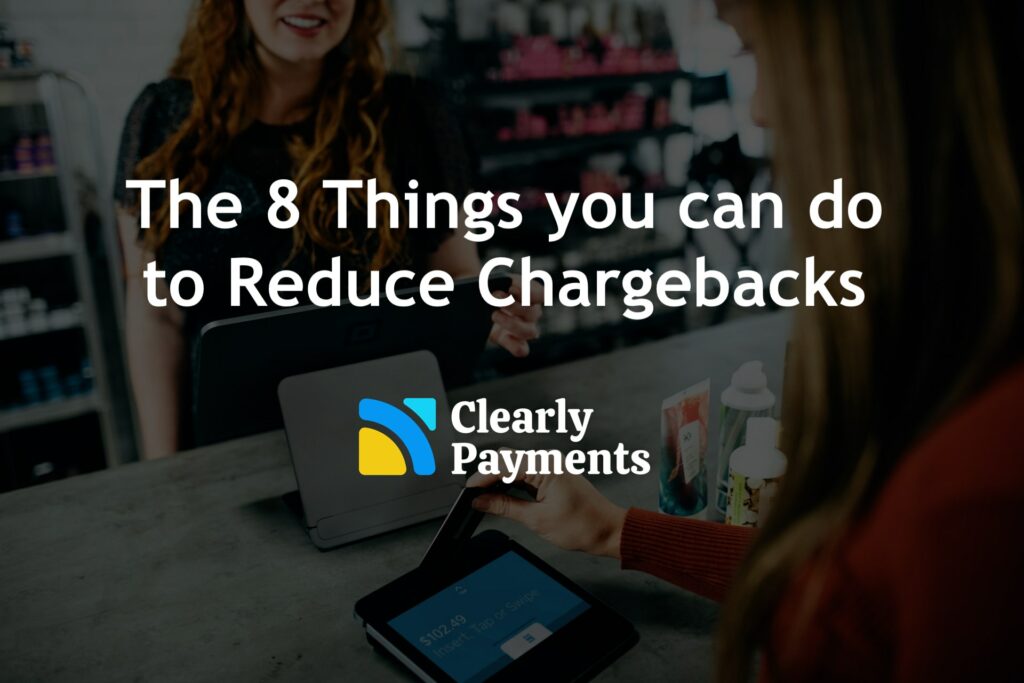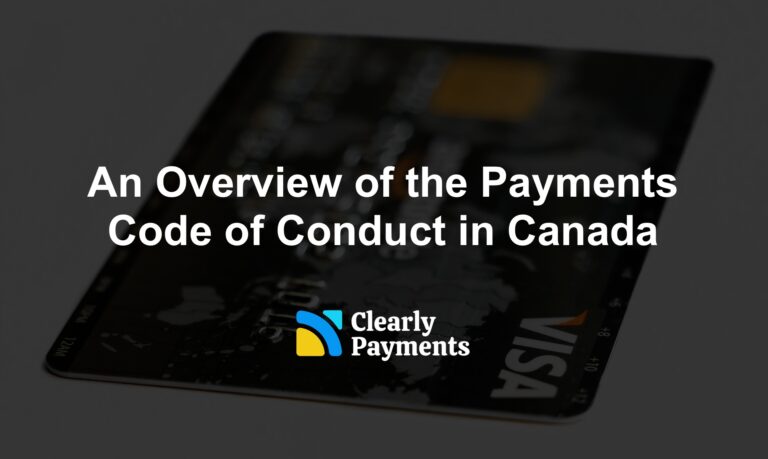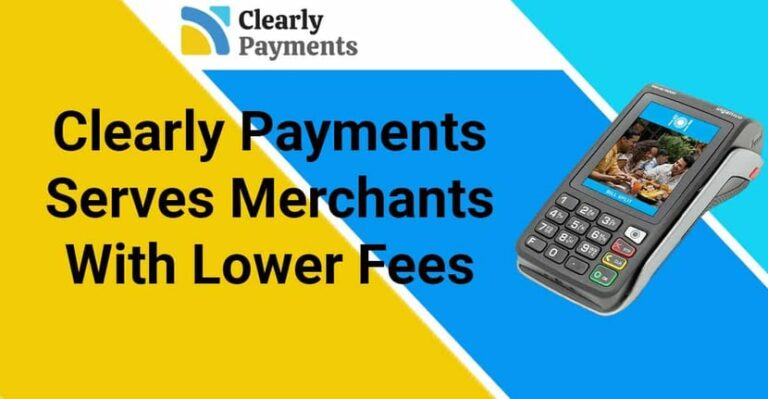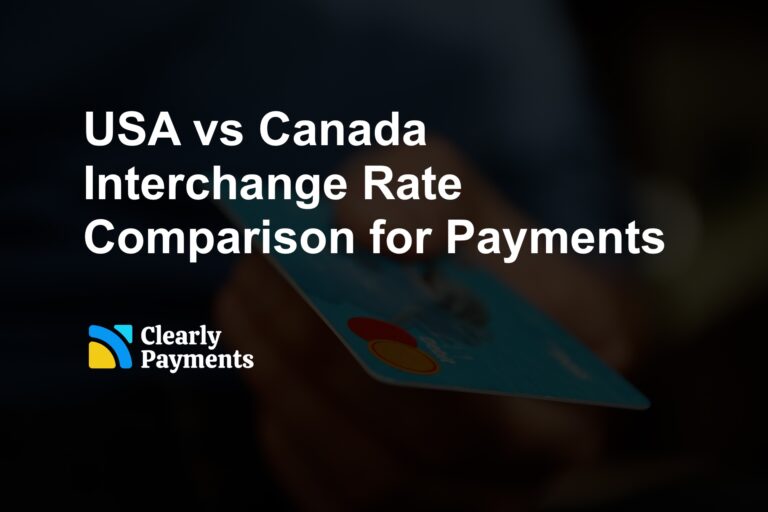In credit card processing, a chargeback is a process by which a cardholder disputes a charge on their credit card statement with their issuing bank. The card issuer then investigates the dispute. If the issuer finds it was a false or incorrect charge, they will reverse the charge and refund the credit card holder’s money.
Chargebacks can occur for several different reasons, such as fraud, disputes over product quality or shipping issues, or simply because a cardholder does not recognize a charge.
Chargebacks can be costly for merchants, as they can result in the loss of both the sale and the merchandise, as well as additional fees charged by the payment processor. Additionally, merchants may also face penalties if they have a high chargeback rate and can also be put on a MATCH list (terminated from accepting card payments). Merchants with many chargebacks are also considered high risk so their rates tend to be higher than low risk merchants. It’s important for merchants to do what they can to reduce the risk of chargebacks.
There are several steps that merchants can take to prevent chargebacks in credit card processing:
Verify the customer’s identity: Use tools such as AVS (Address Verification Service) and CVV (Card Verification Value) to verify that the person making the purchase is the cardholder.
Clearly communicate your return policy: Make sure your return policy is clearly stated on your website and in any confirmations or receipts that you provide.
Send a receipt: Send a receipt for the transaction to the customer’s email address, and include a copy of the receipt in the package when shipping the product.
Monitor for fraud: Use fraud detection software to identify and prevent suspicious transactions.
Respond promptly to disputes: If a chargeback is filed, respond promptly with any relevant information or documentation. The faster you respond, the more likely it is that the chargeback will be resolved in your favour.
Keep detailed records: Maintain detailed records of all transactions, including any customer complaints or disputes, so that you can easily provide evidence in the event of a chargeback.
Use 3D secure: Implement 3D Secure such as “Verified by Visa” or “Mastercard SecureCode” to reduce the risk of fraud and increase the chances of successful dispute resolutions.
Provide excellent customer service: Make sure your customer service is top-notch. If a customer is happy, they are less likely to file a chargeback.




